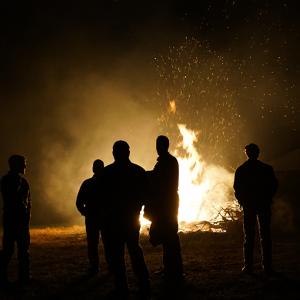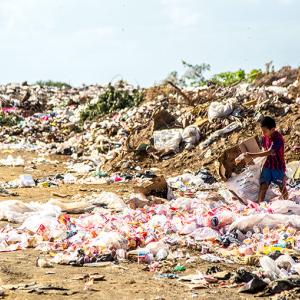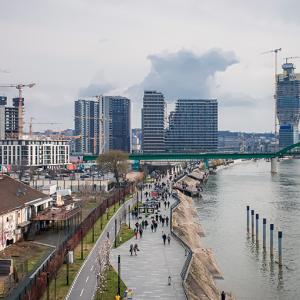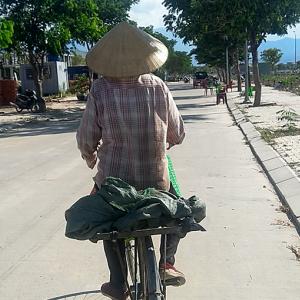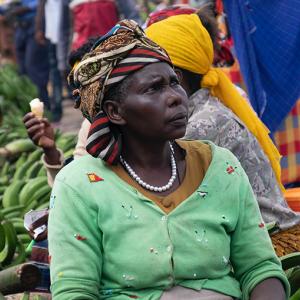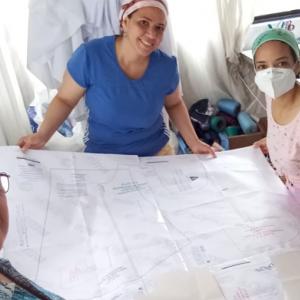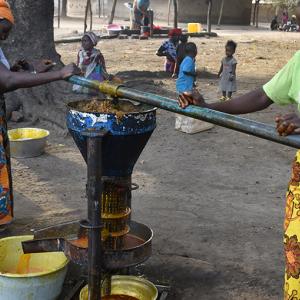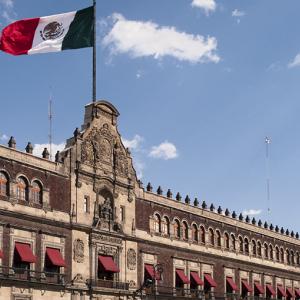What is the problem?
In the wake of the COVID-19 pandemic, the Colombian government introduced strict lockdown measures to curb the spread of the disease. These measures had significant socio-economic impacts, but the country had a shortage of PPE, especially face masks, making it difficult to return to economic activity.
What did the Accelerator Lab and partners do?
To address this issue, the Lab set out to prototype robust, closed face shields that could be produced and distributed quickly. This allowed lockdown measures to be relaxed, reduced the spread of the disease and created new supply chains to establish a PPE market. To surface the best designs from a wide range of innovators in the shortest time, the team organized a challenge prize. The Life Helmets Challenge was a collaboration among government, maker community, academia and industry partners through a dedicated online platform. After launching the prize, innovators had ten days to submit their ideas. To ensure widespread and diverse participation, the team used a communication campaign across social media channels and targeted mailing lists, as well as online demonstrations and FAQ sessions. They invited ideas for PPE for five target groups: medical staff, patients, homeworkers, children and the broader population, and ran two rounds of the challenge over four months. They received more than 400 proposals.

What was the benefit of using collective intelligence for this issue?
Some of the winning designs came from unexpected sources such as students, DIY makers, a doctor and a taxi driver. By working with industry partners, the team were better able to identify production constraints and the viability of proposed solutions in order to support the winning teams to develop their proposals. Following the completion of the challenge, the Life Helmets platform was turned into a hub for sharing open source designs and a marketplace for the winning solutions. Members of the public and companies use the platform to buy and sell face shields for personal use. UNDP Colombia has purchased and distributed more than 27,000 face shields across the country, including in remote locations where communities have struggled to access PPE.
What next?
The success of the challenge prize model for COVID-19 response has been recognized by external stakeholders, including the Peruvian government and USAID, who have sought advice from the Lab about implementing similar initiatives. The team is also mapping regional manufacturing chains to support the production of life helmets and other PPE by small suppliers throughout the country and to ensure more even distribution.
What does this experience tell us about collective intelligence design?
When organizing challenge prizes in response to a crisis, it can be tempting to prioritize speed rather than taking time to research evaluation criteria or provide up-front guidance about intellectual property. The Lab learnt that getting this right at the outset helps to improve the quality of submissions and increase the likelihood that solutions will be taken up in the long run. Communicating clearly about selection and evaluation processes is also important for maintaining participation and ensuring that participants’ expectations are aligned to the project goals. There’s also an opportunity to scale up good ideas that come from challenge prizes. The key to achieving this is developing shared infrastructures and practices for the innovation community that forms around the prize, so they start to become a peer-to-peer network.

